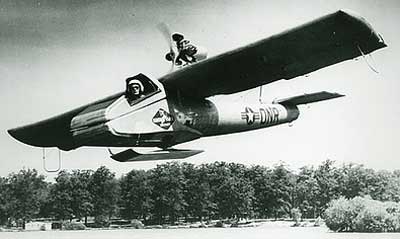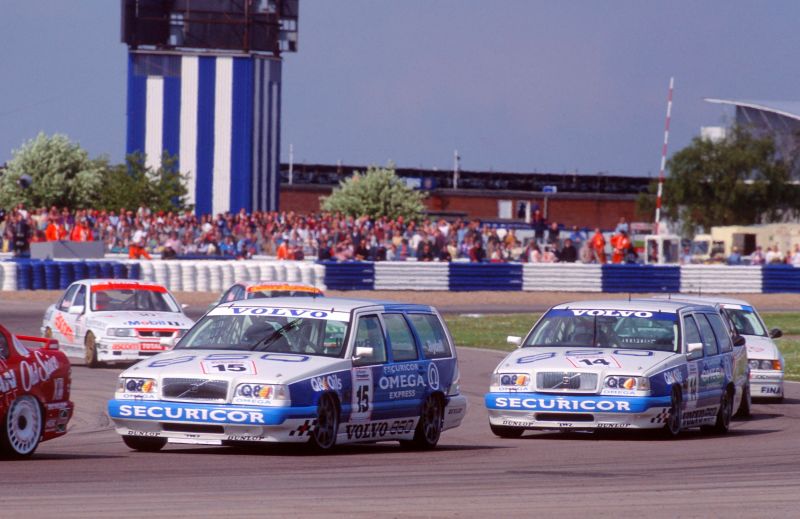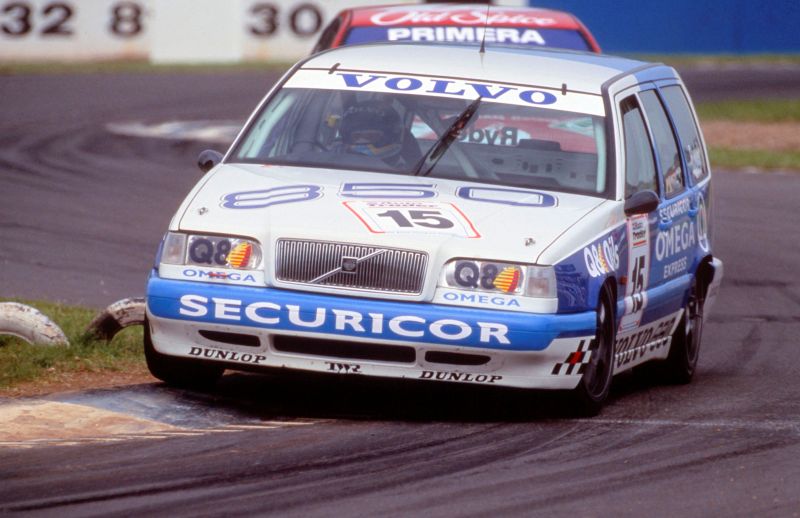This is the two-place version which could rescue two pilots at once.
Goodyear claimed their rubber airplane was suitable for all types of Army field operations, particularly reconnaissance. It could be packed into a 44 cubic foot container and transported by truck, jeep trailer or aircraft. One proposed use was to drop the container behind enemy lines so downed pilots could rescue themselves. Testing of a single- and two-seat version carried on into the 1970s, but no orders were ever forthcoming. Twelve Inflatoplanes were built. Some rather optimistic performance figures were issued for the single-seat version, designated GA-468; these included a service ceiling of 10,000ft and a range of 390 miles. Endurance was said to be over six hours. It took about five minutes to inflate the aircraft, the pilot then hand-starting the two-stroke engine. The range of the two-seater version was 275 miles.
The Inflatoplane was designed with the sole purpose of rescuing downed pilots.
Flying a rubber airplane was not invented by Goodyear as there were successful glider experiments in the early 1930s in both America, Russia and England. Inflated rubber gliders were flown many times. In 1955, England toyed with the idea of a powered blow up airplane to be used on submarines. None were ever considered for mass production. The most successful variation of the inflatable rubber plane concept was the Inflatoplane, conceived, designed, built and flown by the Goodyear Aircraft Corporation. The year was 1956 and the company, Goodyear Tire and Rubber Company’s Wingfoot Lake Airship Base near Akron Ohio. Designated the GA-33, the Inflatoplane was built and flown in a little over 12 days.
The wing, tail assembly and pilot’s seat were constructed of a new rubberized fabric developed by Goodyear which consisted of joined layers of inflatable rubber-coated nylon fabric shaped by thousands of nylon threads that gave it one of the highest strength-to-weight ratios of any construction material. The fuselage used airship fabric with high-strength, fan-shaped patches of rubberized material providing attachments for struts and metal supports which connected the landing gear and the pilot’s seat to the aircraft. A Nelson 40-hp engine mounted on top of the wing in a conventional tractor configuration powered the GA-33. An engine-driven air compressor maintained the low air pressure needed to keep the airplane inflated and rigid.
The cockpit and controls were Cub simple and allowed the plane to take off and land as a normal light aircraft.
After successful flight-testing of the GA-33, Goodyear developed a more advanced model designated the GA-447 under the sponsorship of the Office of Naval Research. An extensive evaluation program of the new model followed, including wind tunnel testing at Langley Air Force Base in Virginia.
The test results were so impressive that Goodyear built 10 more Inflatoplanes under the sponsorship of the Army Transportation Corps and the Office of Naval Research. This new model was designated the GA-468. A McCulloch 60-hp engine replaced the 40-hp version, giving the new model more takeoff power. In addition to improvements in the aircraft structure, a combination wheel, hydro and ski landing gear was developed and incorporated into the GA-468, enabling the Inflatoplane to operate off land, water and snow with no landing gear changes or modifications. The company also developed a parachute-drop pallet and container for the deflated Inflatoplane for use as an airdrop rescue vehicle for pilots downed in hostile territory.
While evaluation continued on . The GA-468s, the Army Transportation Corps began development on . a two-place Inflatoplane. This last version, designated the GA-466, featured a 60- hp engine, as well as a 69 mph top speed and a 230 mile range.
The Inflatoplane’s primary mission remained serving as a one or two-man rescue vehicle that could be dropped to downed pilots, broken out of its container, and inflated and made airborne within six minutes. Other possible uses included airborne reconnaissance and support for ground operations. The development and test work proved promising, and in August 1959 Goodyear presented plans for a two more aerodynamically smooth Inflatoplane with a 100-hp engine, an enclosed cockpit and four fuel tanks slung under the wing. The complete inflatable aircraft program was cancelled in 1973. .
Specifications: Two-Place GA-466
- Crew: 1
- Capacity: 1 passenger
- Length: 19 ft 2 in
- Wingspan: 28 ft
- Height: 4 ft
- Loaded weight: 740 lb
- Engine: McCulloch 4318 air-cooled, 60 hp
- Maximum speed: 70 mph
- Range: 275 mi
- Service ceiling: 6,500 ft
- Rate of climb: 500 ft/min












 RSS Feed
RSS Feed